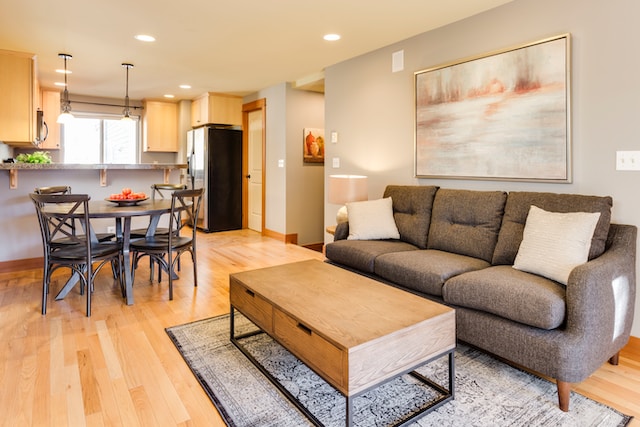 Photo: Unsplash
Photo: Unsplash
In the world of design, the choice of colors is a crucial element in creating an attractive and effective visual identity. Colors not only influence the aesthetic appearance of a project but also have the power to evoke emotions, influence behavior, and convey subtle messages.
Two main categories of colors, warm and cool colors, play distinct and significant roles in design.
In this article, we will explore the differences between warm and cool colors and hear designers’ opinions on how to use them to achieve impressive results.
Warm Colors: Energy and Passion
Warm colors include shades of red, orange, and yellow, as well as variations like pink, coral, and gold. These colors are associated with feelings of warmth, energy, passion, and excitement. Designers often turn to warm colors to create a sense of urgency, capture the audience’s attention, and convey messages related to vitality.
Designers’ Opinion on Warm Colors:
Many designers agree that warm colors can be powerful tools when used moderately and strategically. They are particularly effective for highlighting essential elements in a design, such as call-to-action buttons on a website or critical information on a promotional poster. However, excessive use of warm colors can be overwhelming and tiring for the eyes. It’s important to balance them with more neutral or cool tones to avoid visual fatigue.
Cool Colors: Calm and Serenity
Cool colors encompass shades of blue, green, and purple, as well as variations like turquoise, lavender, and navy blue. They are often associated with feelings of calm, serenity, confidence, and stability. Designers turn to cool colors to create relaxing environments and communicate a sense of professionalism and reliability.
Designers’ Opinion on Cool Colors:
Many designers praise the use of cool colors to establish a calming atmosphere in projects like wellness websites, spa brands, and health product promotion materials. However, they emphasize the importance of selecting the right shades within this category.
For example, soft blues can be soothing, while darker blues can add a touch of sophistication. Designers also note that the excessive use of cool colors can make a design feel cold and distant, so balancing them with touches of warm or neutral colors may be essential to maintain the desired emotional equilibrium.
When to Use Warm or Cool Colors:
The choice between warm and cool colors depends on the project’s goal and the message you want to convey. Some examples of when to use each color category include:
Warm Colors: Ideal for sales promotions, event announcements, calls to action, and designs aiming to create enthusiasm and urgency. They also work well for brands that want to stand out and create an image of vitality.
Cool Colors: Appropriate for projects seeking to create a sense of calm, trust, and professionalism, such as financial company websites, healthcare brands, and designs aiming to convey a sense of well-being and relaxation.
The Art of Mixing and Balancing
Ultimately, the choice between warm and cool colors in design is not a black-and-white decision. Most designers agree that mixing and balancing warm and cool colors is often the most effective approach. This allows you to harness the power of warm colors to grab attention and generate interest while maintaining the stability and serenity provided by cool colors.
The art of design is finding the perfect combination to achieve your desired goals, and colors play a fundamental role in the quest for aesthetic and communicative excellence.
Stay updated on our Facebook page.

